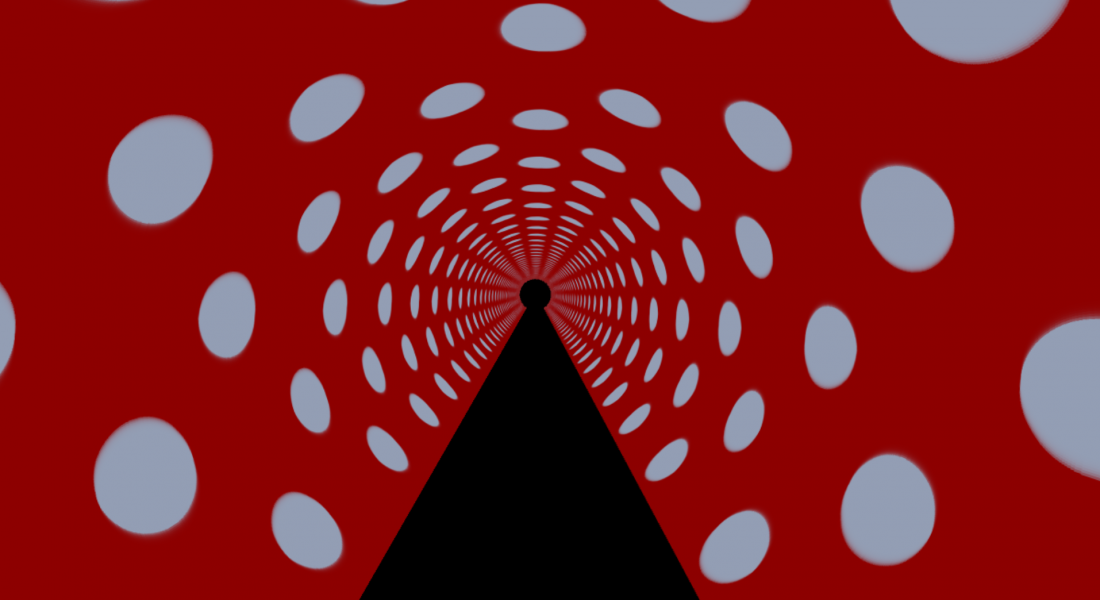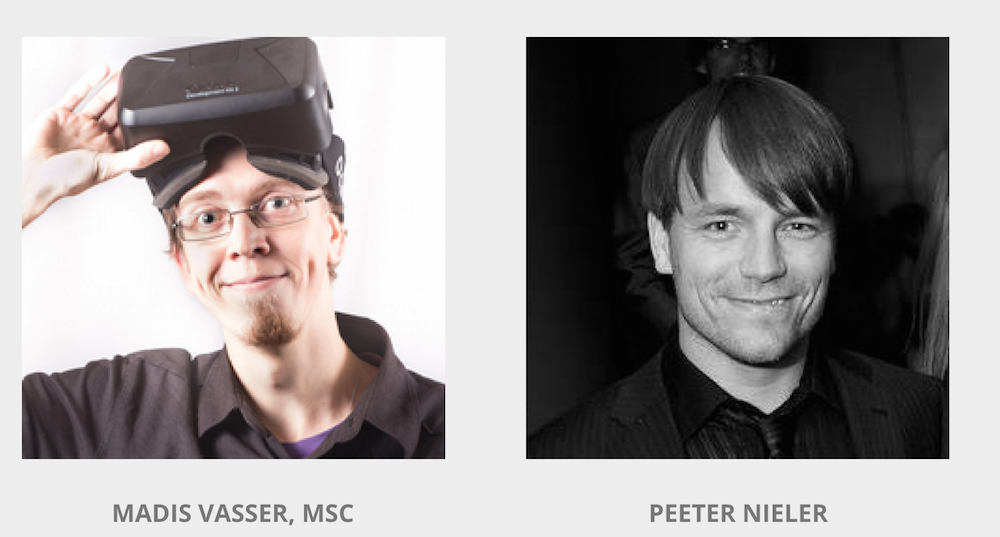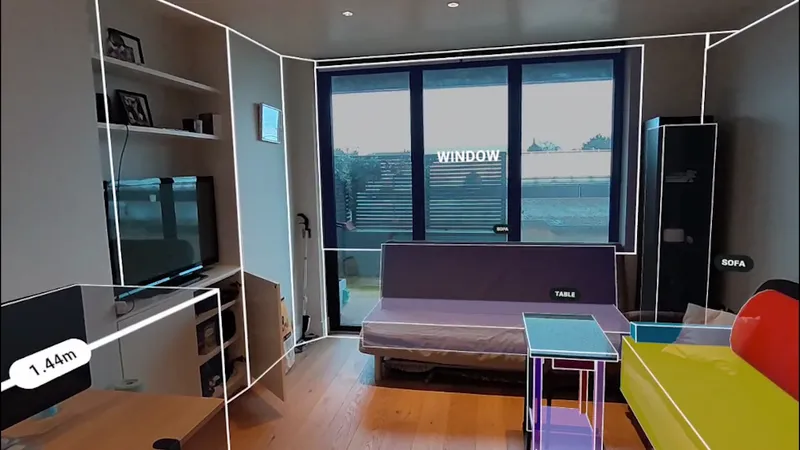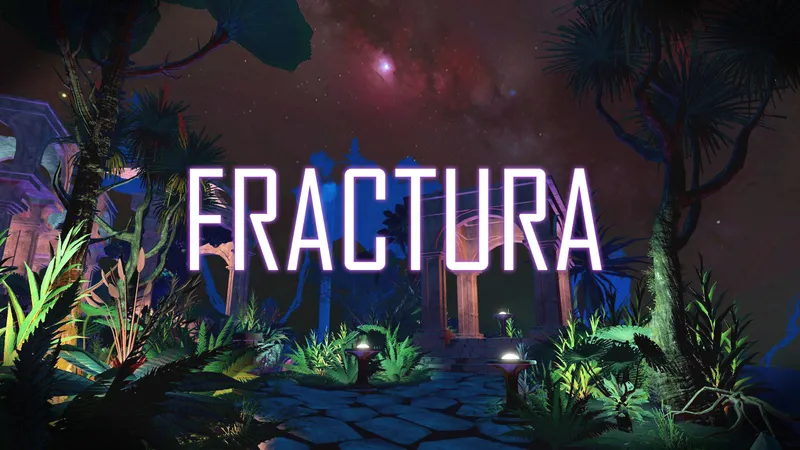Two researchers in Estonia are figuring out ways to trick your brain that are effective enough to elicit physical responses, and push the sensations of virtual reality immersion way beyond anything that’s been experienced so far.
If you’ve ever put on a VR headset then chances are you have experienced the sensations that Madis Vasser and Peeter Nieler are working to accelerate and perfect. The two met during an Estonian VR meetup and began exploring the best way to spend their time and resources so they would have the greatest positive impact on the burgeoning VR/AR industry. I talked with them over Skype and learned about their efforts, which can be summed up in one word: Neurohaptics.
“We all know what optical illusions are and we also know what nervous system allusions. We all have felt stepping on a stand still escalator. That little millisecond swoop in your stomach that tells you something isn’t right,” said Nieler. “There must be a way to convince the brain we are actually physically feeling something. That’s what we’re trying to crack.”
“The best example of Neurohaptics I know is phantom phone vibration,” Vasser chimes in. “That feeling of ‘I’m getting a message right now’ even though you aren’t is a very real physical response created solely within the mind.”
Vasser and Nieler decided to set out on a mission to master and exploit these sensations in order to implement them into virtual reality experiences. To do this, the pair founded the Virtual Neuroscience Lab. The Lab is housed in the University of Tartu in Estona and Vasser serves as the organization’s principal researcher, while Nieler is in more of a supervisory role.
The duo explain that they, along with their staff and research assistants, employ two primary methodologies in order to prove the existence, and increase the efficacy, of Neurohaptical responses in their test subjects.
Gradual Approach – This approach, according to Vasser, involves slowly exposing the subject to stimuli such as flashing screens, quick images, and other projections that become more immersive over time. Eventually, the researchers get a baseline of what it takes to illicit responses and then they can begin to pair back the necessary stimuli to the most minimaist form possible. The idea here is to eventually elicit a Neurohaptic reaction with the least amount of input possible.
Vasser explains that his lab’s goal isn’t to get people to feel physical responses only when they’re plummeting off of cliffs or staring up at giants. He and his team want to find the micro-keys that elicit these responses so that they can be induced as naturally as possible.
“The big idea is not to use any feedback at all ever,” Vasser explains. “This is the field we are in. It’s one of the most novel and interesting fields for VR and if we can pull it off we can create a virtual world that is indistinguishable from reality.”
“One-Shot-Learning” – The second approach that the lab employs is trickier, according to Nieler, because it depends on experiments that, by their nature, can not be repeated. One example of this type of experiment is the fire test. Nieler explains that when presented in VR with a realistic virtual fire and holding one hand over the flames, most subjects reported feeling increased heat sensations on their exposed appendage.
“These are very promising and powerful tests,” Nieler said. “But unfortunately they are difficult or impossible to repeat. Once your brain knows the trick it adapts and won’t fall for it a second time.”

As tricky as the research is, for Vasser and Nieler the payoff is imminently worth it.
“The brain is constantly looking for triggers and patterns,” Vasser explains. “It is a computational machine that doesn’t really want to question the data its presented if it is realistic enough. Our work revolves around anticipating the triggers the brain is searching for and providing answers to those questions that are believable enough to keep the momentum of computation going. If we can do this often enough and efficiently enough than we can keep the brain fooled and create virtual worlds that feel 100 percent realistic.”
As amazing as that sounds, Nieler is quick to point out that this happy future is still a long way off. In his mind, the lab is only around “five percent” of the way to achieving the type of results that would make this type of hyper-immersive VR possible. He hopes that the wider VR community will join the efforts of his team to solve this problem sooner rather than later.
VR on this level sounds like a recipe for a Matrix-style apocalypse, but you know what? I don’t care. Sign me up.






























